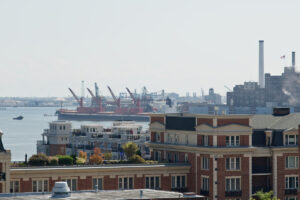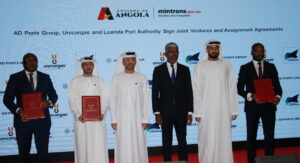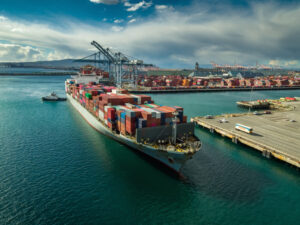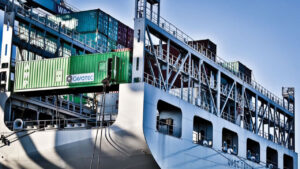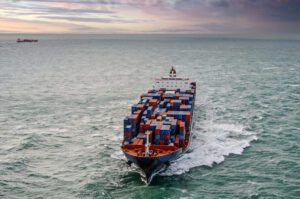Cutting ports’ carbon footprint is central to the US government’s maritime and supply chain infrastructure upgrade as President Joe Biden looks to rebuild the economy by investing in green technologies.
According to macroeconomic and country risk research house Fitch Solutions (Fitch) the $2.28 trillion American Jobs Plan (AJP) will see approximately $17 billion going to ports and inland waterways.
There will also funding for a new Healthy Ports initiative tasked with reducing the impact of air pollution in habited areas close to trade hub.
Fitch said in its report into the AJP that while the port sector will receive substantial funding, the amount is small compared to the money put aside for other areas of US infrastructure and the supply chain.
While transportation will be the biggest area of investment in the AJP, rail and public transit will be the largest recipients, with decarbonisation a major focus for technological upgrades, according to Fitch.
“We expect transport infrastructure will be a key target of investment,” the company claimed, saying It will be “driven by a broad consensus in favour of the need to investment in the repair of existing transport infrastructure”.
A particular focus will be roads and bridges, as well as the Biden administration’s emphasis on transport decarbonisation, in particular through funding for EV infrastructure, intercity passenger rail and public transit, according to Fitch.
Fitch also said that the AJP “reflects a strong focus on the sector broadly in line” with the need for increasing transportation efficiencies while at the same time reducing emissions. The transport infrastructure will receive approximately $561mn in investment, or 25% of the total AJP.
“Within the sector, road repair, EVs, intercity rail and public transit account for the bulk of investment, while airports and ports would see significant but comparatively smaller investment amounts,” Fitch explained.
Ports in the US have had differing and often unpredictable fortunes in recent months and years. The US-China trade war was followed by the COVID-19 pandemic, which has caused volatility on the Pacific coast as ports became congested as consumer demand for Chinese boomed.
It has caused some industry experts to call for more support from the federal government as the chaos as has had severe knock-on effects across the US supply chain.


